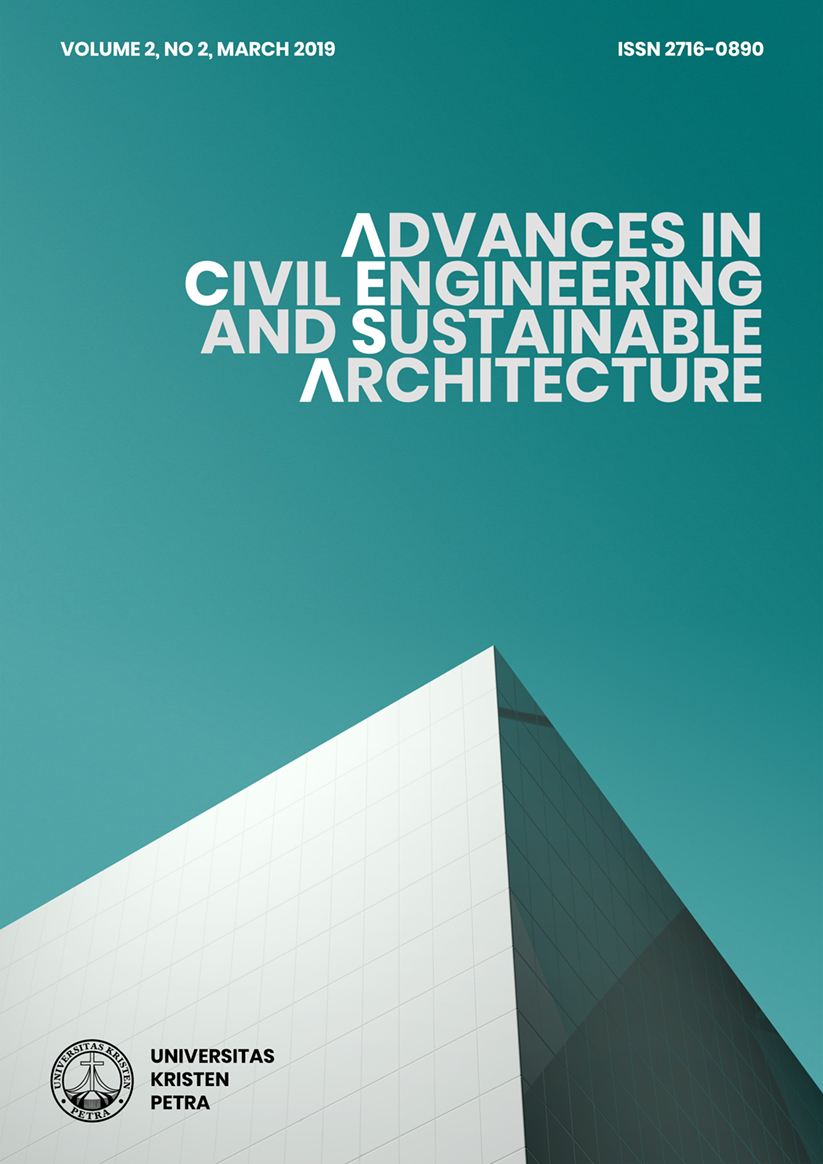Financial Performance of Construction, Property, and Trading Companies Based on Working Capital, Liquidity Ratio, and Profitability Ratio
DOI:
https://doi.org/10.9744/acesa.v2i1.8538Keywords:
Strategi bersaing, Analisis Audit Internal, Analisis Audit Eksternal.Abstract
An investor needs to do an analysis to choose the best investment. This decision should be carried out with the right calculation and analysis of the company's performance. This research evaluates financial performance of several companies based on their working capital, liquidity, and profitability. Profitability ratio indicates company’s ability to make a profit. Liquidity ratio indicates company’s ability to pay debt in due date condition. Working investment shows that working capital needed by the company. Profitability and liquidity of the company is determined by financial ratio. This research is focused on investigating financial performances of three types of companies, namely construction, developer, and trade industry. The results of the liquidity and profitability ratios show that developer companies has the best liquidity ratio compared to construction and trading companies. The results of calculation of working capital show that construction companies need the minimal working capital than the other companies.References
1. Babalola Y.A. dan Abiola F.R.. Financial Ratio Analysis of Firms: A Tool for Decision Making. International Journal of Management Sciences. 1 (4), 2013, 132-137.
2. Halim, M., S., A., Jaafar, M., Osman, O., Haniff, M., S. Financial Ratio Analysis: An Assessment Of Malaysian Contracting Firms. Journal of Construction in Developing Countries, Supp. 1, 2012, 71–78.
3. James, M.,W. and Thomas, S. Company Failure in Construction Industry: A Critical Review And A Future Research Agenda. FIG Congress, 2010, pp 11-16.
4. Jusuf J. Analisis Kredit untuk Credit (Account) Officer. PT. Gramedia Pustaka Utama, Jakarta, 2015.
5. Sawir, A., Analisis Kinerja Keuangan dan Perencanaan Keuangan Perusahaan. Gramedia Pustaka Utama, Jakarta, 2005.
Downloads
Published
Issue
Section
License
Authors who publish with this journal agree to the following terms:
Authors retain copyright and full publishing rights without restrictions, with the work simultaneously licensed under the terms and conditions of the Creative Commons Attribution License (CC BY) that allows for unlimited use, distribution, and content reproduction on all media as long as the original author and source are properly acknowledged and cited.













